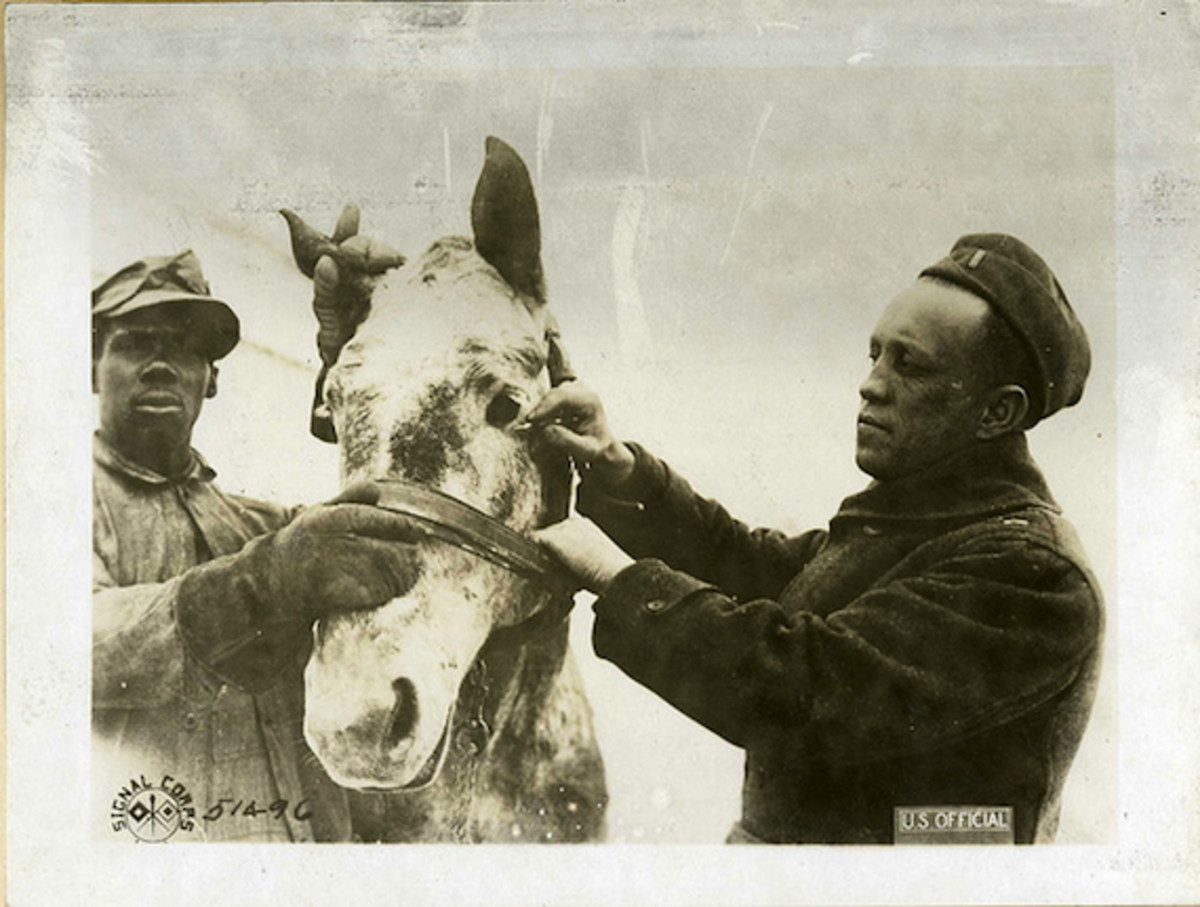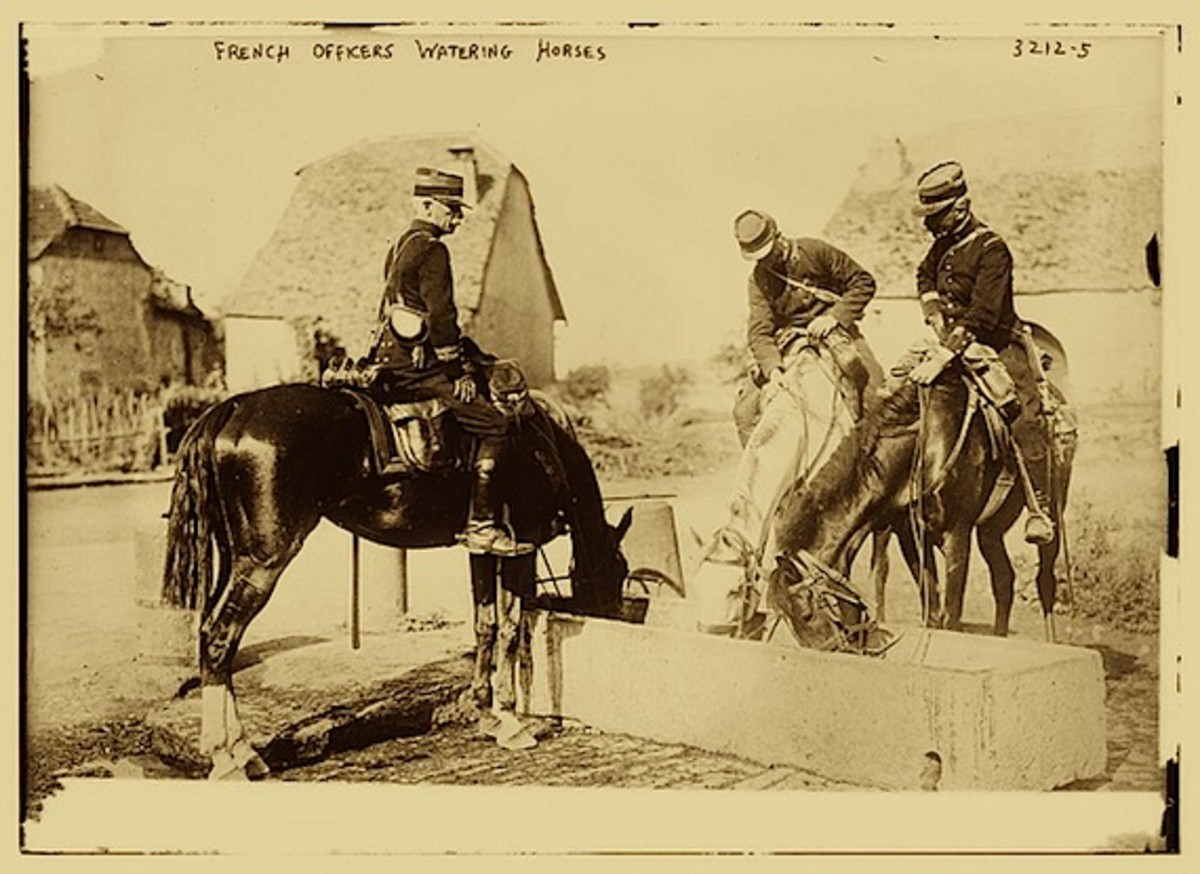The World Animal Health Information Database (WAHID) sends me a weekly roundup of diseases around the world. I scan it and look for news to share with you.

Let’s see, this week there is a report on EIA in Japan and France, Hendra in Australia, CEM in Arizona and South Africa, equine influenza in Mongolia, and glanders in Lebanon and Switzerland.
What?
That’s right, glanders in Switzerland. Check your history books: this is big news. The disease hasn’t been seen in Switzerland since 1937. Apparently a horse was imported from Lebanon and brought the disease back to Europe. It’s one of those diseases they don’t even mention in most textbooks anymore, except as a Third World sort of footnote, or “aren’t you glad we don’t have this disease anymore?” mentions.
A helpful press release from World Horse Welfare this morning clarified what’s going on in Europe. According to the Swiss Veterinary Authority, the horse, which entered Switzerland in May following a stopover in Germany, has tested positive for the disease and is currently under quarantine pending further tests. The horse was imported into the EU in January from Lebanon, which reported an outbreak of glanders earlier this month.
A second horse, imported at the same time and resident in a different area of Switzerland, has also been tested for the disease and the results are awaited.
Sabine Zentis of Castleview Pedigree English Longhorns reported to the International Society for Infectious Diseases (ISID) that the horse is located in the equestrian center St. Jacob in Baettwil, in the Swiss canton of Solothurn. The farm is under quarantine, according to Zentis.
ISID’s moderator commented, “Though not specified in the report, it may be assumed that the horse was clinically sound but tested positive to routine mallein test following its importation. The test used is not specified. A definite lab result, details of the test applied, details of the animal involved, and an official notification are anticipated.
I’ve been following glanders outbreaks in Bahrain, the UAE, Iran and other Middle Eastern countries for some time. Lebanon is quite a way from the other outbreaks.

World Horse Welfare tells us that glanders is a serious bacterial infection that can be passed to humans and other animals, and can be fatal if left untreated. Horses may be carriers without displaying symptoms. The main symptoms to look out for are:
- Nodules and ulcerated sores
- Coughing
- Nasal discharge and fever
ISID adds that glanders is caused by infection with the bacterium Burkholderia mallei (the name recently changed from Pseudomonas mallei and was previously classified as Pfeifferella, Loefflerella, Malleomyces, or Actinobacillus). The disease causes nodules and ulcerations in the upper respiratory tract and lungs. A skin form also occurs, known as ‘farcy’.
Also from ISID: Control of glanders requires testing of suspect clinical cases, screening of apparently normal equids, and elimination of positive reactors. It is transmitted to humans and all infected/contaminated or potentially infected/contaminated material must be handled in a laboratory that meets the requirements for Containment Group 3 pathogens.
I don’t know when or how I first became interested in glanders. Perhaps it was while reading about the huge number of horses that suffered from it in World War I. But it is fascinating, if you dig into recent literature about bioterrorism. That’s right, bioterrorism.
Glanders was a huge problem during the American Civil War. At the Confederate remount station in Lynchburg, Virginia, nearly 3000 horses are reported to have died, and very important medical research was conducted. One way that was found of preventing the spread of glanders was to water horses individually, with buckets, instead of communal watering troughs.

Historians believe that Germany tried to use glanders to intentionally infect Russian horses and mules during World War I. During World War II Japanese intentional use of the disease was targeted to infect horses, civilians, and prisoners of war in China. The US and Russia both studied glanders during World War II but didn’t use it, as far as historians know.
If you are of the conspiracy-loving type, you can easily take off on the fact that glanders seems to be emerging in the Middle East and Iran, but I think that it has technically been in Third World countries for a while. Like other diseases, it just never really went away, but is rarely publicized. Well, that is until databases and reporting agencies like ISID and WAHID came along.
Glanders was last reported in the USA in 1942. The United States Government has a special chapter on glanders in the book Medical Aspects of Biological Warfare, published in 2007 and available to read online. The book is published by the Department of Defense’s Office of The Surgeon General of the US Army, through the Borden Institute.
Yes, glanders is still on the minds of US military experts. There is a complete chapter on glanders that will either scare you to death or have you joining with me in following this disease and reading about it in dusty old veterinary books. Or both.
Glanders is fine to read about in history books. I just don’t want to have to hear about it on the news.








